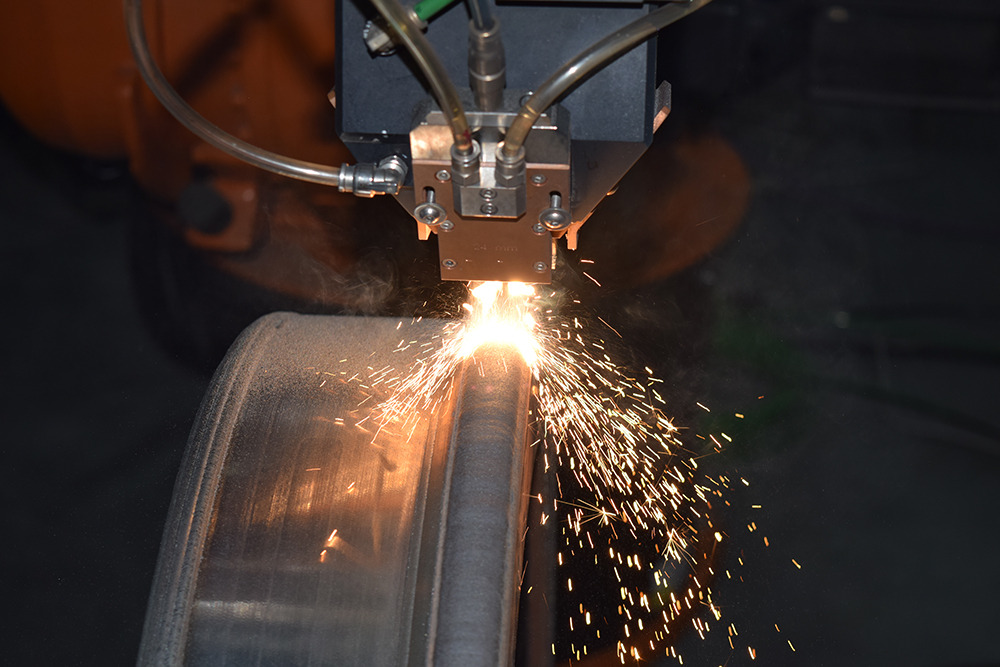

The selection of fast laser cladding powder should follow the following principles:
1. Requirements for use
Performance should meet the required use requirements, such as: wear resistance, oxidation resistance, high temperature resistance, corrosion resistance and other properties.
2. Various factors
It has good solid fluidity. The fluidity of the powder is related to the shape, particle size distribution, surface state and humidity of the powder.
(1) The spherical powder has the best non-fluidity;
(2) The powder feeding method generally uses ordinary particle size and coarse powder;
(3) Ultra-fine powder and ultra-fine powder have poor solid fluidity, so special powder feeders must be used to ensure uniform powder feeding.
(4) The powder has poor fluidity when it is not damp, so please pay attention to drying when using it.
3. Powder materials
The thermal expansion coefficient and thermal conductivity of the powder material should be as close as possible to the workpiece material to reduce the residual stress in the cladding layer.
(a) The coefficient of thermal expansion is close to (b) The coefficient of expansion of the cladding layer is large (c) The coefficient of expansion of the matrix is large
4. Good wettability
It has good wettability, wettability is related to surface tension, the smaller the surface tension, the smaller the wetting angle, the better the wave state fluidity, and it is easy to obtain a smooth and smooth cladding layer; Ni element can improve the wettability of the powder . 5. Good cladding processability
It should have good cladding processability, such as good slagging, degassing and gas barrier properties.
(1) Self-fluxing alloy metal powders are widely used, containing B and Si, and have the functions of deoxidation, degassing, and slagging;
(2) The deoxidation product should form a slag with a small specific gravity and low melting point to cover the surface of the liquid metal to protect the surface to prevent defects such as slag inclusion, pores, and oxidation.
6. Melting point of alloy powder
The melting point of alloy powder should not be too high or too low
(1) The lower the melting point of the powder and the better the fluidity of the liquid, the easier it is to control the dilution rate of the cladding layer, which is beneficial to obtain a smooth, high-quality cladding.
(2) But the melting point of the powder is too low, which will easily cause the cladding to burn.

Hot information

